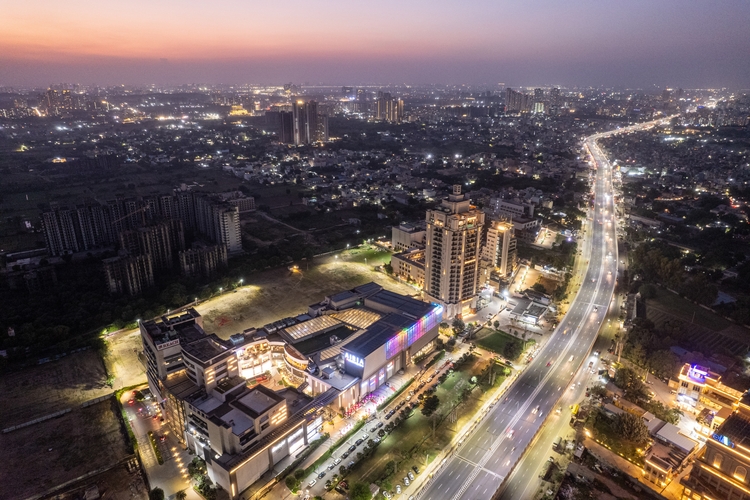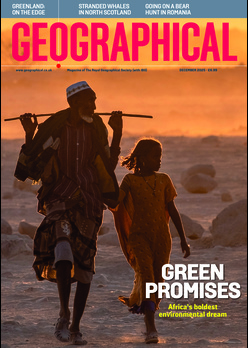
Groundwater overuse is driving land to sink in India, with major repercussions for cities, a new study reveals
By
Thousands of buildings and millions of people are at risk due to sinking land in India, a new study from Virginia Tech has revealed.
Groundwater overuse is a critical driver of the problem, said Susanna Werth, assistant professor of geosciences who co-authored the paper published in Nature Sustainability.
Enjoying this article? Check out our related reads:
‘When cities pump more water from aquifers than nature can replenish, the ground quite literally sinks,’ Werth said. ‘Our study shows that this overexploitation of groundwater is directly linked to structural weakening in urban areas.’
Using satellite radar data from 2015–2023, the research team assessed ground sinking in New Delhi, Mumbai, Chennai, Kolkata and Bengaluru, covering more than 13 million buildings and home to collectively almost 80 million people.
Results revealed that 878 square kilometers of urban land, or about 339 square miles, is sinking, with nearly 1.9 million people exposed to subsidence rates greater than 4 millimeters per year.

The study estimates that 2,406 buildings in New Delhi, Mumbai, and Chennai are already at high risk of structural damage. If current subsidence trends continue, more than 23,000 buildings could face a very high risk within the next 50 years.
Land subsidence – or sinking – compounds the threats from flooding and earthquakes. When the ground beneath a city sinks unevenly, it weakens foundations, damages utility lines, and amplifies structural vulnerability.
‘The silent strain we see today could lead to tomorrow’s disasters if cities do not adapt their infrastructure and groundwater management policies,’ said lead author Nitheshnirmal Sadhasivam.
The research team’s findings extend beyond India, warning that subsidence-driven building damage is an emerging global urban challenge. As more cities depend on already stressed aquifers and expand rapidly, sinking land will continue to erode infrastructure resilience worldwide.




